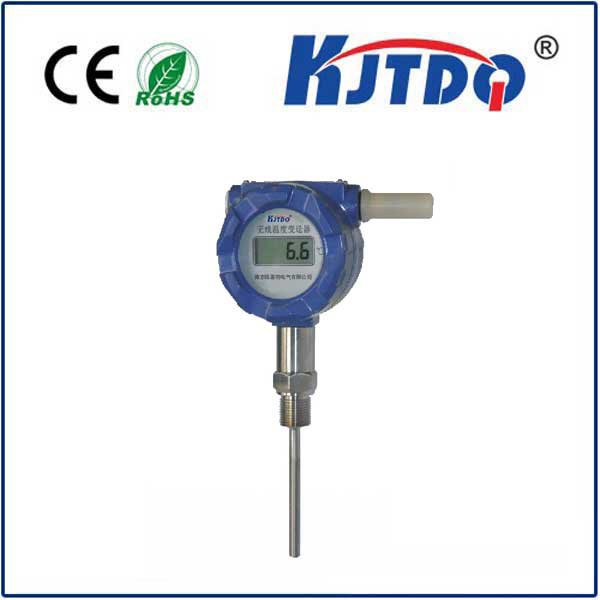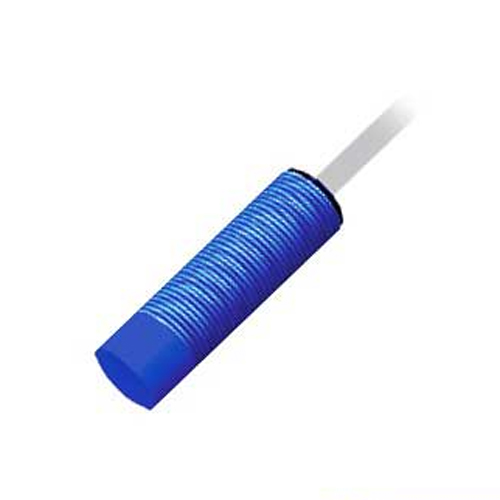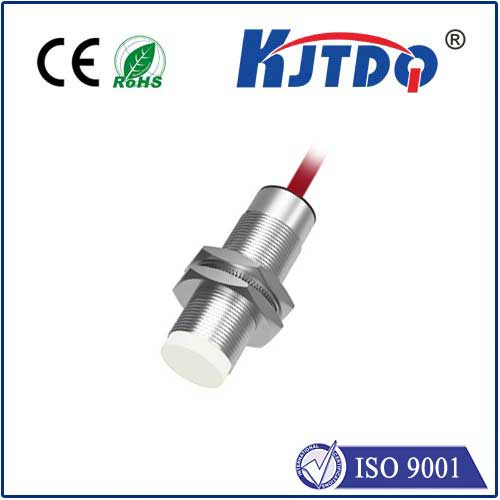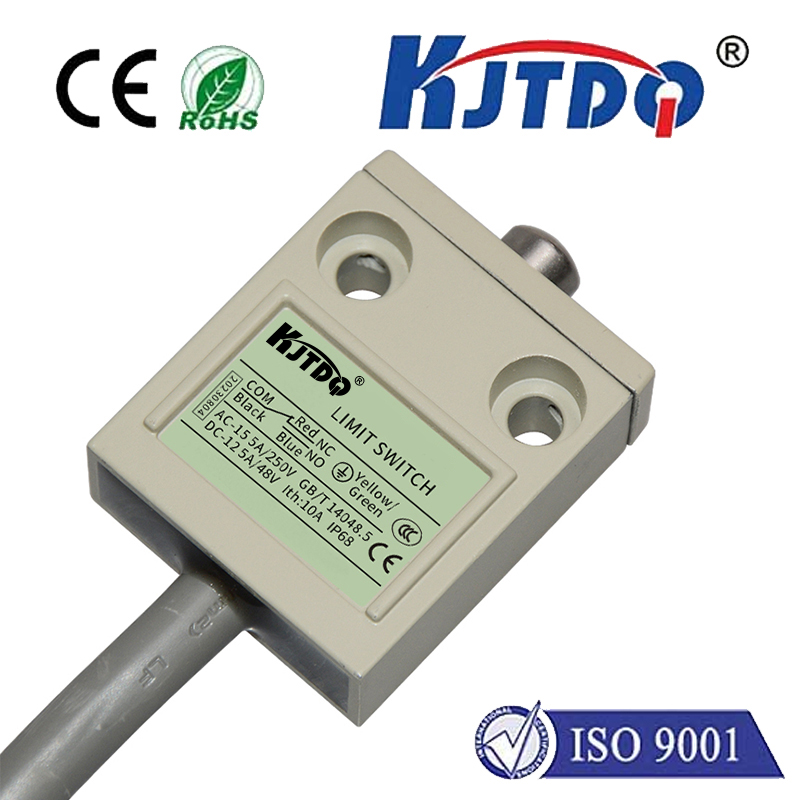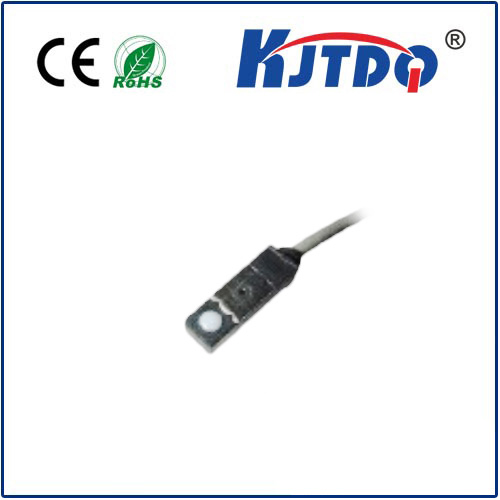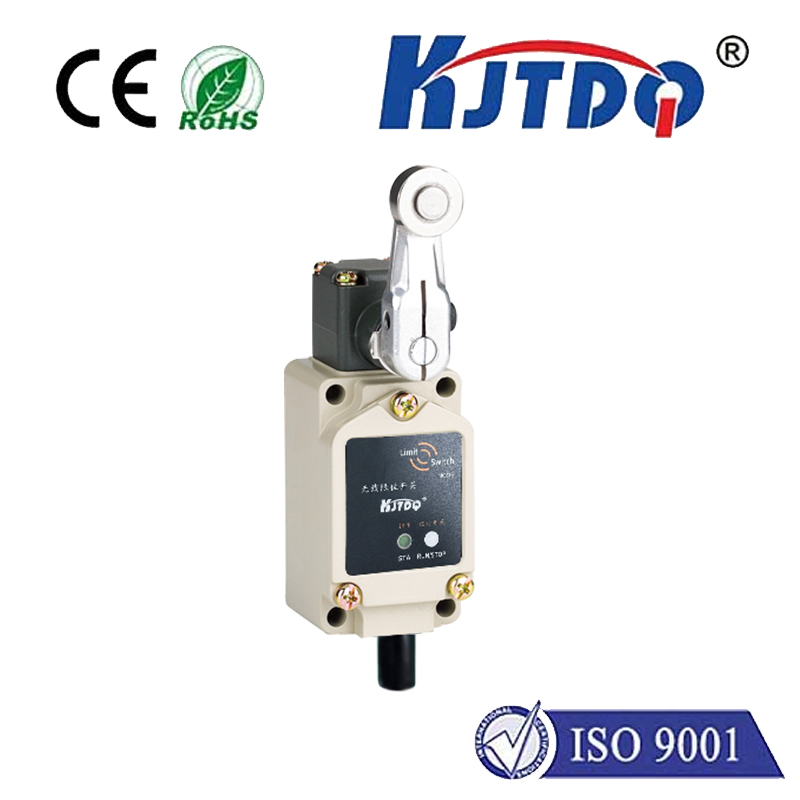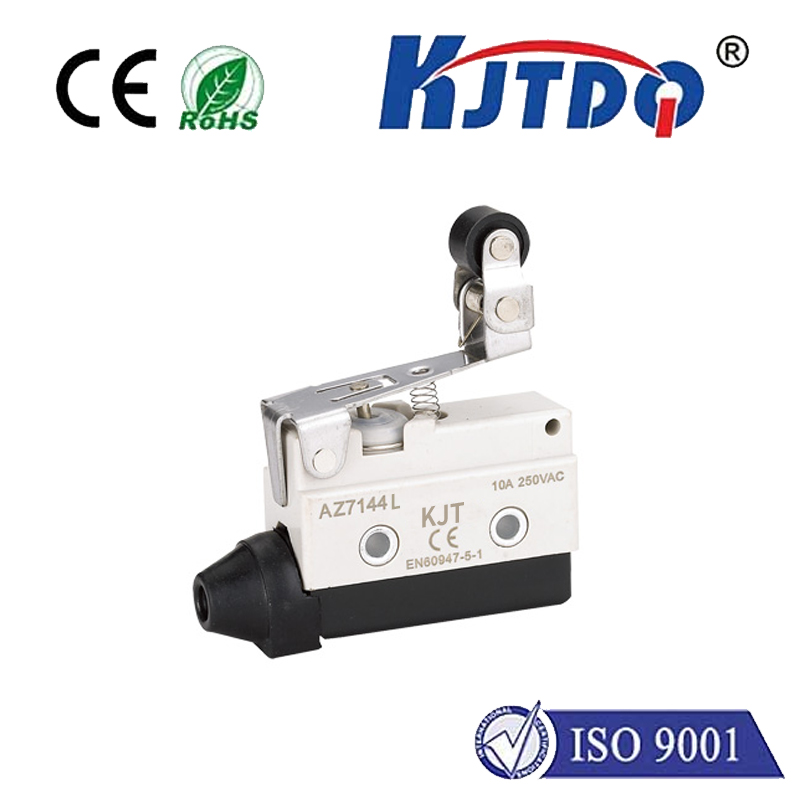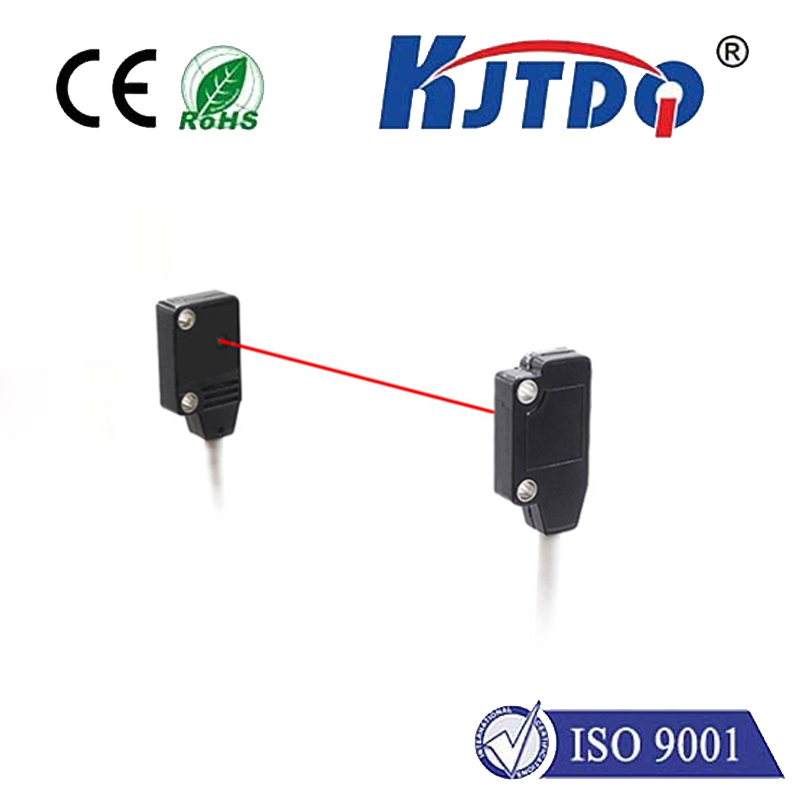

check

check

check

check

check

check

check

check

check

check
Picture an automated factory: boxes glide seamlessly down a conveyor, robotic arms pick and place with uncanny precision, and production counts are tracked flawlessly. Hiding in plain sight, orchestrating much of this efficiency, are unsung heroes – photoelectric sensors. While the term “RCA Photoelectric Sensor” might initially evoke thoughts of vintage audio connectors, in the industrial automation lexicon, it often signifies a specific form factor or interface type for reliable optical sensing. Let’s illuminate what these vital components truly are and how they drive modern operations.
The Core Principle: Seeing with Light
At its heart, a photoelectric sensor operates on a beautifully simple principle: it emits a beam of light (visible, infrared, or laser) and detects changes in that light’s properties. These changes are caused by the presence, absence, distance, or specific characteristics of a target object interrupting or reflecting the beam.
This interaction triggers the sensor’s output, sending a signal to a programmable logic controller (PLC) or other machinery. This signal essentially says, “Something is here,” “Something moved,” “This object has the correct surface properties,” or “This bottle is filled to the right level.” The versatility of this basic function is what makes photoelectric sensors indispensable across countless industries.
Unpacking the Key Variations: Choosing the Right Beam

Not all sensing tasks are created equal. Photoelectric sensors come in distinct configurations, each excelling in specific scenarios:
Decoding “RCA”: Connector, Not Sensor Type
This brings us to the “RCA” part of the query. Crucially, RCA in the context of electronic components primarily refers to a specific type of connector – the familiar coaxial plug/socket historically common in audio/video equipment (think old DVD players and TVs). Using an RCA connector on an industrial sensor would be highly unusual and generally impractical today.
It’s far more likely that someone using the term “RCA Photoelectric Sensor” is either:
Therefore, when selecting a photoelectric sensor today, focus is on the sensing mode (through-beam, retroreflective, diffuse) and the target/environment characteristics, not an RCA connector. Modern sensors feature reliable M-series connectors providing power, output signals, and often diagnostic capabilities.
Selecting the Optimal Sensor: Key Considerations
Choosing the right photoelectric sensor isn’t about the connector; it’s about matching the technology to the challenge:
The Ubiquity of Photoelectric Sensing: Where They Shine
The practical applications are vast and critical:
Conclusion: Light as the Ultimate Tool
Photoelectric sensors are fundamental building blocks of automation, providing unmatched versatility and reliable performance in countless detection tasks. Understanding the core working principles – through-beam, retroreflective, and diffuse (with its BGS/FGS variants) – is key to selecting the optimal solution. While the term “RCA Photoelectric Sensor” likely points to historical context or a misconception about connectors, modern sensors focus on sophisticated optics, rugged construction, and standardized M-series interfaces. By harnessing the simple power of light and its interaction with objects, these unsung heroes of industry enable the speed, precision, and efficiency that define modern manufacturing and logistics.
